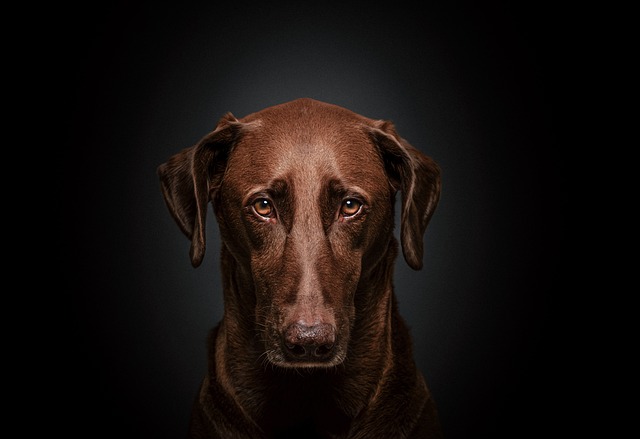When it comes to caring for our canine companions, even something as simple as a bath can spark a surprising amount of debate. You might have heard conflicting advice from fellow dog owners, groomers, or perhaps stumbled across heated conversations online—can you give a dog a cold bath? Is it safe, or could it be harmful? Actually, the answer isn’t a straightforward yes or no. Instead, it depends on several factors: your dog’s breed, their overall health, and even the climate where you live. Understanding these nuances is key to making the best decision for your individual pet’s comfort and health.
Let’s start by looking at what influences how a dog reacts to cold baths. Not all dogs are created equal when it comes to handling temperature changes. For instance, breeds like Huskies, Malamutes, and Saint Bernards, with their thick double coats, tend to tolerate colder temperatures much better than short-haired or small breeds like Chihuahuas or Greyhounds. Age and health play significant roles, too. Puppies, senior dogs, and those with underlying health conditions—especially heart or respiratory issues—can be more sensitive to cold and may struggle to regulate their body temperature. The environment matters as well. Giving a cold bath to a dog in the heat of a Texas summer is a very different story from doing so in a chilly Midwestern winter.
Now, you might be wondering, are there any actual benefits to giving your dog a cold water bath? Under the right circumstances, yes. For dogs living in hot climates or facing a heatwave, a cold bath can help lower their body temperature and prevent overheating. Dogs that are very active outdoors—think working breeds or those who accompany you on runs or hikes—may find relief from muscle soreness or inflammation after a brisk rinse with cool water. Some veterinary experts point out that cold baths can help soothe itching or irritated skin, especially if allergies are flaring up. That said, these benefits are context-specific and don’t apply to every dog or every situation.
However, there are risks that come with cold baths for dogs, and it’s important not to overlook them. Too cold a bath can lead to hypothermia, especially in small breeds, puppies, or senior dogs. Signs of hypothermia include shivering, lethargy, and weakness. Some dogs may also find the experience stressful or even traumatic, particularly if they have had negative associations with water in the past. Stress can manifest as trembling, panic, or resistance to future baths. There are also breed-specific sensitivities; for example, breeds with thin coats or low body fat can lose heat quickly and become chilled. Dogs with arthritis or joint problems might experience increased stiffness after exposure to cold water. The bottom line? A cold bath for dogs is not universally safe and should be approached with caution, especially if your pet falls into a more vulnerable category.
So, how can you safely bathe your dog while considering these factors? First, always tailor your approach to your dog’s breed and health status. If you’re bathing a thick-coated dog during summer, slightly cool water (think lukewarm rather than icy) is generally safe and can be refreshing. For sensitive breeds or dogs with health concerns, it’s best to stick with water that’s comfortably warm to the touch—similar to what you’d use for a baby. Avoid extremes: never use ice-cold water straight from the tap, and never bathe a dog outdoors in cold or windy weather. Watch your dog’s body language closely during the bath. If they start shivering, seem uncomfortable, or try to escape, it’s a clear sign the water is too cold. After the bath, dry your dog thoroughly, especially if the weather is cool. Veterinarians often recommend limiting baths to once every few weeks unless there’s a medical reason for more frequent washing, as excessive bathing can strip away the natural oils that keep your dog’s skin healthy.
Ultimately, the decision about whether a cold bath is appropriate comes down to your individual dog and the situation at hand. Pay attention to their breed traits, health status, and the climate you’re in. If you’re ever unsure, don’t hesitate to reach out to your veterinarian—they can provide advice that’s tailored to your dog’s specific needs. I’ve found that erring on the side of caution leads to happier, healthier pups in the long run. Remember, your goal is always comfort and safety; a little extra thought before bath time can make all the difference for your four-legged friend.





